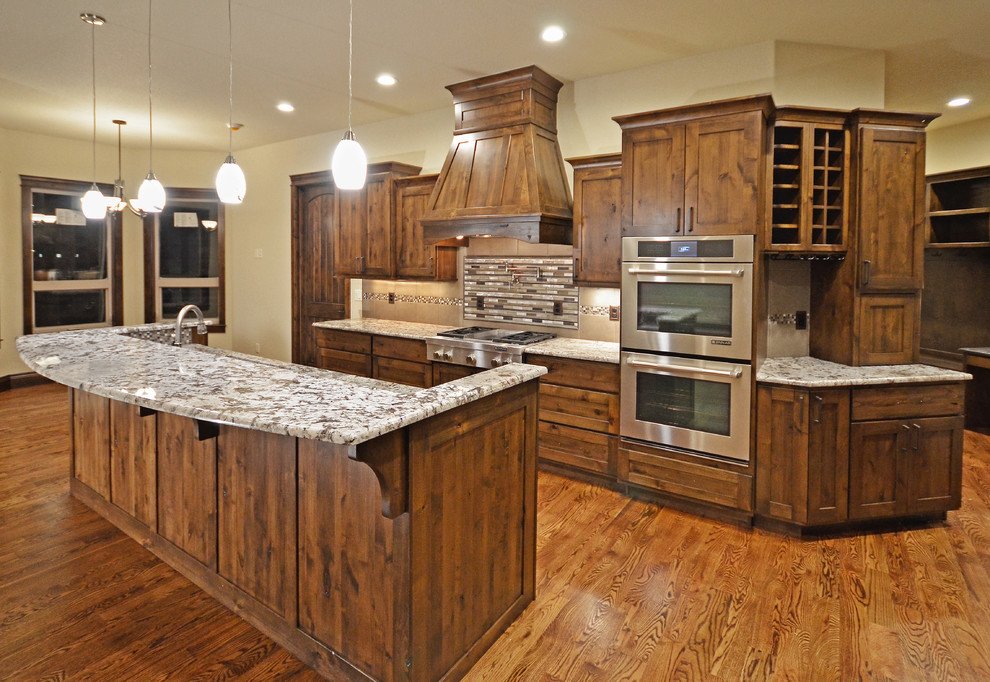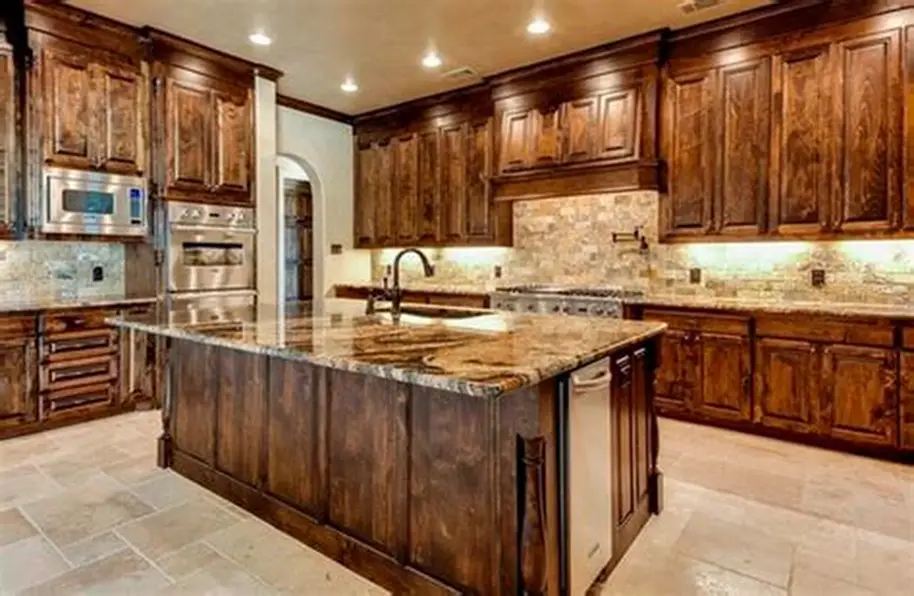Granite is one of the most recognizable and widely used rocks in both natural formations and architectural design. Whether you’re admiring a majestic mountain range or preparing food on a polished countertop, you’re likely encountering granite. But what exactly is granite an example of in geological terms?
In this detailed article, we explore the classification of granite, its composition, and why it remains a cornerstone in both science and construction.

What Does Granite Mean?
Granite originates from the Latin word “granum,” meaning grain—a reference to its visibly coarse, granular texture. It is composed of interlocking mineral crystals, giving it a speckled appearance. Learn more: What does granite mean?

Granite Is an Igneous Rock
Definition and Formation
Granite is a plutonic (intrusive) igneous rock, formed from the slow crystallization of magma deep beneath the Earth’s surface. This slow cooling process allows large crystals of quartz, feldspar, and mica to form, making the texture visible to the naked eye.
Mineral Composition
- Quartz – Provides hardness and clarity
- Feldspar – Adds color (white, pink, gray)
- Mica – Gives shimmer and contrast
These minerals combine to give granite its distinctive durability and appearance, whether it’s used in countertops or natural landmarks.
Characteristics of Granite Stone
Physical and Aesthetic Traits
- Hardness: 6 to 7 on the Mohs scale
- Density: High, contributing to durability
- Color Range: From white and gray to pink and black
Granite’s coarse-grained texture and speckled coloration make it instantly recognizable among natural stones.
Natural vs Engineered Granite
Natural Granite
- Quarried directly from Earth
- Unique, non-repetitive patterns
- Requires regular maintenance like sealing granite
Engineered Granite
- Manufactured with crushed granite and resins
- More uniform in appearance
- Easier to maintain
What Do Granite and Basalt Have in Common?
While basalt and granite look different, they both belong to the igneous rock family.
- Granite: Intrusive igneous rock
- Basalt: Extrusive igneous rock
Explore their similarities: What do granite and basalt have in common?
Granite in Countertop Applications
Granite is one of the most popular choices for countertops due to its combination of beauty and resilience.
Popular Uses
- Granite kitchen countertops
- Granite bathroom countertops
- Granite backsplash designs
Complementary Design Elements
Granite pairs beautifully with a variety of cabinetry and paint tones, and white granite countertops remain a top trend for modern aesthetics.
Granite vs Other Countertop Materials
Granite vs Quartz
- Granite: Natural, heat-resistant, visually varied
- Quartz: Engineered, more uniform, stain-resistant
Granite vs Marble
- Marble: Softer, more porous
- Granite: Harder, more durable
Granite vs Soapstone and Concrete
- Granite offers greater scratch and heat resistance, making it superior for high-use kitchens
This natural stone countertop comparison helps determine which material is best for your space.
Maintenance and Repairs
To keep granite looking like new:
- Clean granite countertops with mild cleaners
- Polish granite surfaces for added shine
- Address minor damage by repairing chips in granite
Granite Solutions by Aardwolf
Whether you’re a fabricator, contractor, or homeowner, Aardwolf provides:
- Premium granite slabs
- Affordable granite countertop options
- Aardwolf granite installation services
- Jib crane for handling heavy granite materials
Conclusion: Granite Is an Igneous Rock
To summarize, granite is an intrusive igneous rock formed from slow magma cooling beneath the Earth’s crust. Its granular structure, mineral-rich composition, and durability make it one of the most beloved materials in both geology and design.
Understanding granite’s rock classification enriches your appreciation for everything from architectural masterpieces to your own kitchen countertop.

